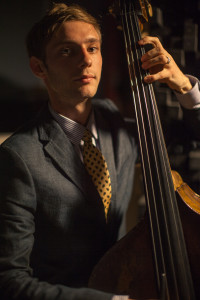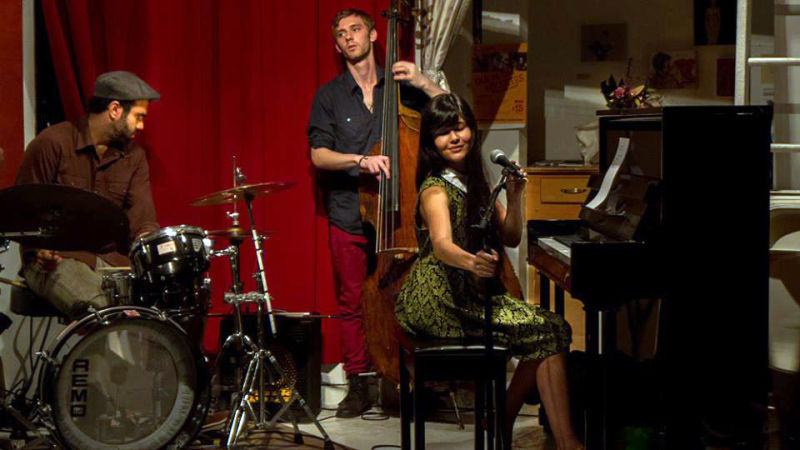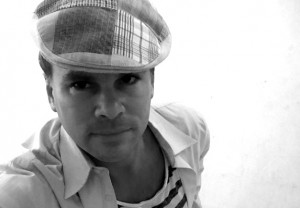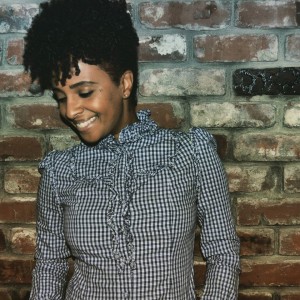Editor’s Note: ‘Backstage Heroes’ spotlights the many movers and shakers working behind the arts scenes to make magic happen in the Bay Area. Guiding us is Hiya Swanhuyser, a veteran fan and all-around culture vulture who for nearly a decade helmed calendar duties for the SF Weekly, giving her rare personal insight into those toiling in the wings, but rarely in the spotlight.
In early September, a photo travels widely online: a long oval of comfy chairs in a warmly lit room at Folsom and 23rd streets. This is the Red Poppy Art House, and “most people have no idea how many people it takes to run this tiny little room!” according to the photo caption.
Twenty-two people attend the all-hands staff meeting in the picture. Of the 22, I wind up talking to three; I’ve long admired the public-facing work of several others, and the rest will have to remain behind the scenes for now.
As I approach the same corner a few days later, the first thing I notice are the murals on the walls outside, even though it’s almost dark out. They’re finely wrought portraits of Alejandro Nieto, Michael Brown, Eric Garner and Amilcar Perez-Lopez, four men killed by police. Artist Yeska has added the text “Stop Criminalization” along the bottom. The Poppy, in contrast with those harrowing memorials, is buzzing tonight with people, and amber light spilling out of its old-fashioned shopfront windows. Tonight’s concert features the Musical Art Quintet, whose tagline is “Chamber with soul.”

Behind the tiny bar, I find the Poppy’s director of performance programming, Schuyler Karr, and we arrange to talk at intermission, because “I have to go do show stuff,” he apologizes. He’s slight, blond, and energetic, with surprising dark eyes and the ability to focus in the midst of chaos. He zooms around in the crowd for a while before getting up in front of the band, under the lights. He welcomes the audience, which is diverse in every direction — a kid about ten asks at the bar for the wi-fi code (and doesn’t get it), several white-haired people use canes to navigate the crowd, and the bulk of us are twentyish or thirtyish. Racially, the room doesn’t even have a clear majority; this is true of the band as well.




